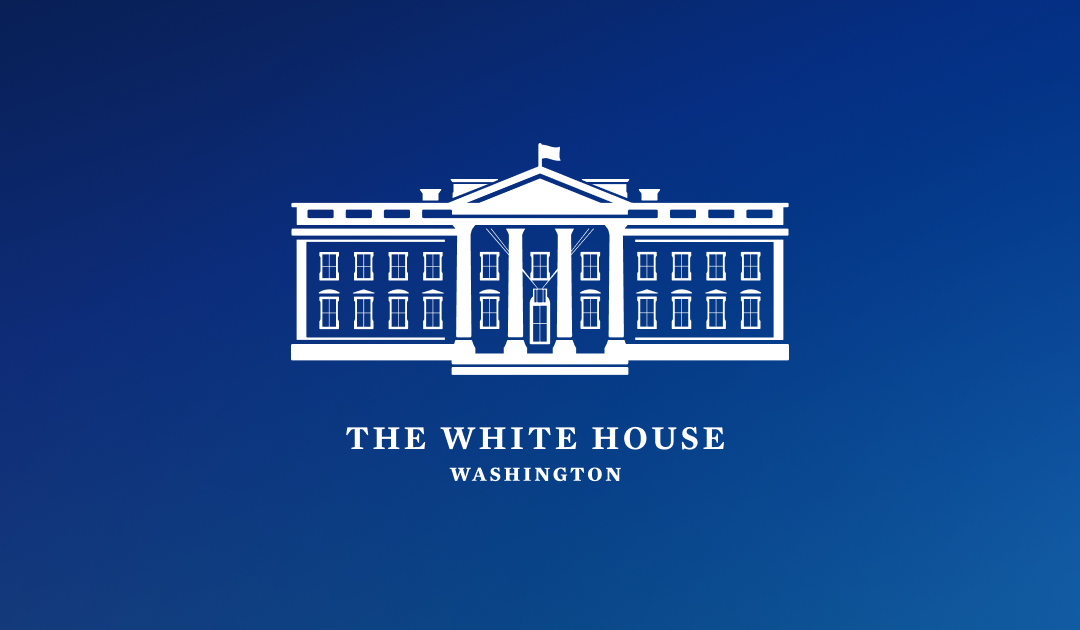A version of this article first appeared on the Federal News Network.
President Joe Biden issued an executive order to advance racial equity and support underserved communities. The executive order promotes racial equity and emphasizes that advancing that ideal requires a systemic approach to embedding fairness in the decision-making process; it encourages agencies to recognize inequities in their policies and programs and work to redress them. Agencies are required to assess whether and to what extent their programs and policies perpetuate systemic barriers to opportunities and benefits for underserved communities.
The underlying emphasis here is that programs and initiatives that are meant to support, grow and allow the underserved communities to prosper are often hindered, and obstacles are created which prevent the full impact of the programs to be realized.
Too often, congressional initiatives to support underserved communities are implemented in regulations, programs, procedures and processes in such a way that all but neuter the intended outcomes. At best, under the mantra of ensuring that the benefits flow to the intended recipients, well-intentioned civil servants implement the programs in such a way to “protect” the underserved either from themselves or from would be charlatans, thus negating or totally eliminating the intended impact. At worst, maligned bureaucrats can’t stand by and witness government programs generate wealth for minorities and the underserved communities, and thereby create procedural roadblocks, hurdles and sand traps.
There are countless examples of the above, but I will provide one for illustrative purposes. Consider the intended benefits of the Small Business Administration’s 8(a) Business Development Program.
It is a program in which participants can benefit from business development assistance, including set-aside or sole-sourced government contracts. The nine-year program is intended to assist underserved small businesses to grow, capture awards and generate wealth for its owners. Unfortunately, the government, through its regulations and procedures, does everything in its power to limit, if not totally eliminate, the opportunities for wealth generation, especially generational wealth.
8(a) participants are often treated like grade school children that can’t survive without their hands being held by the all-knowing and all-protective federal government. Business decisions that are normally made by owners who know and understand their industries are controlled by federal bureaucrats. Parameters are created which distort the free market and hinder the owner’s ability to make sound business decisions both for growth and ultimately for the sale of the firm.
One such restriction is the draconian rule on excessive withdrawals by an 8(a) small business participant. The statute, which is implemented through SBA regulations, prohibits the excessive withdrawal of funds for the personal benefit of the disadvantaged owners or any person or entity affiliated with such owners. The language itself ominously states that if “the administration has reason to believe that the amount of funds or other assets withdrawn … may have been unduly excessive” then the administration shall proceed to terminate the firm from participation in the program, or require an appropriate reinvestment. As if this was not bad enough, this law is implemented through SBA regulations which set arbitrary limits on the amount 8(a) principals can receive in the form of salary or profit distributions, and the amount they can pay their staff and professional experts.
I can’t understand why putting these types of decisions into the hands of government employees ever made sense; the only real impact has been to prevent 8(a) participants from getting “too” rich.
I can remember several instances when I ran these programs where either a hill staff member or SBA official commented on the “risk” of having 8(a) owners buy mansions on the Potomac. Apparently, it is appropriate for executives at Lockheed Martin or Northrop Grumman to receive multi-million dollar salaries and even larger bonuses, and have the ability to hire qualified business development professionals that make ungodly salaries, but we must “protect” the uneducated, unsophisticated, disadvantaged business owners, by tying one hand behind their backs and hobbling their ability to succeed and generate wealth.
Unsurprisingly, the 8(a) program also prohibits and restricts the ability of its participants to sell their businesses. Again, under the mantra of protecting the participant, and ensuring that benefits flow to the intended recipient, and unlike the free market place; 8(a) participants, after struggling under the regulatory regime to grow their businesses, can’t even be rewarded by ultimately selling their business. Before being “allowed” to sell their business, a participant must navigate a maze of regulations, processes and procedures that even the SBA district offices don’t understand, and which ultimately require the approval of the SBA administrator. This process has all but frozen the ability of 8(a) firms to benefit from growing a successful business and prohibits the ability of participants to accumulate inter-generational wealth.
Given what has transpired over the last few weeks, maybe we should consider applying half as many regulatory restrictions to Wall Street as we do to the 8(a) program; or even better, in the spirit of the President’s executive order, maybe we should work to remove at least half of the regulatory restrictions and barriers to growth in the 8(a) program.


Recent Comments